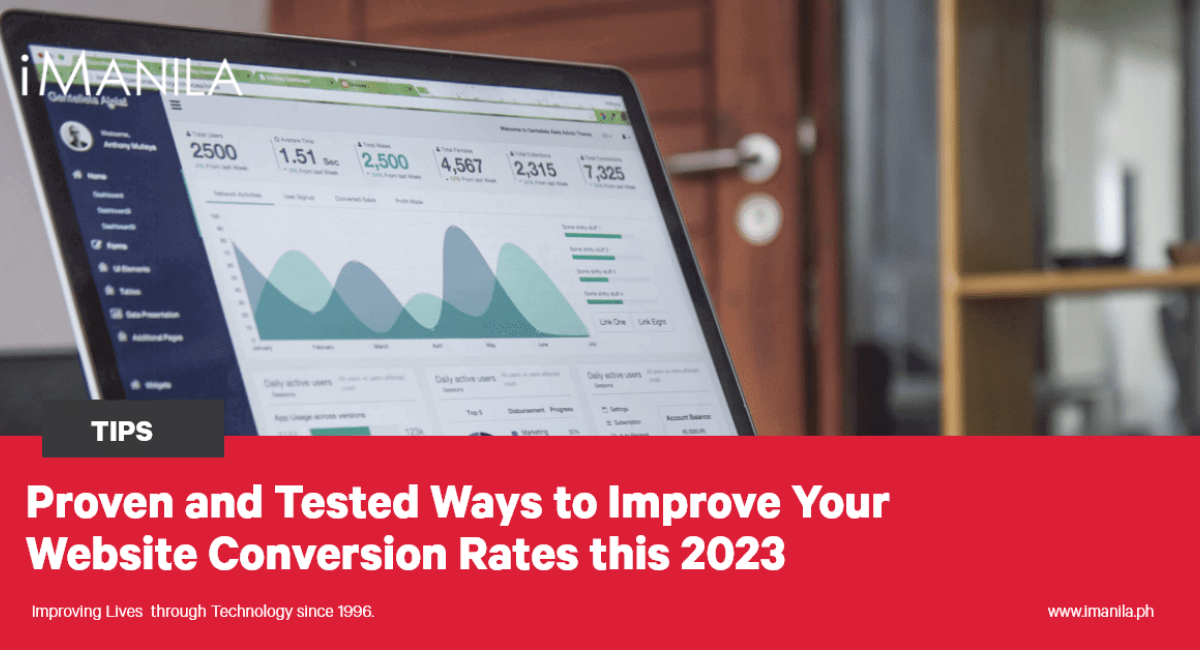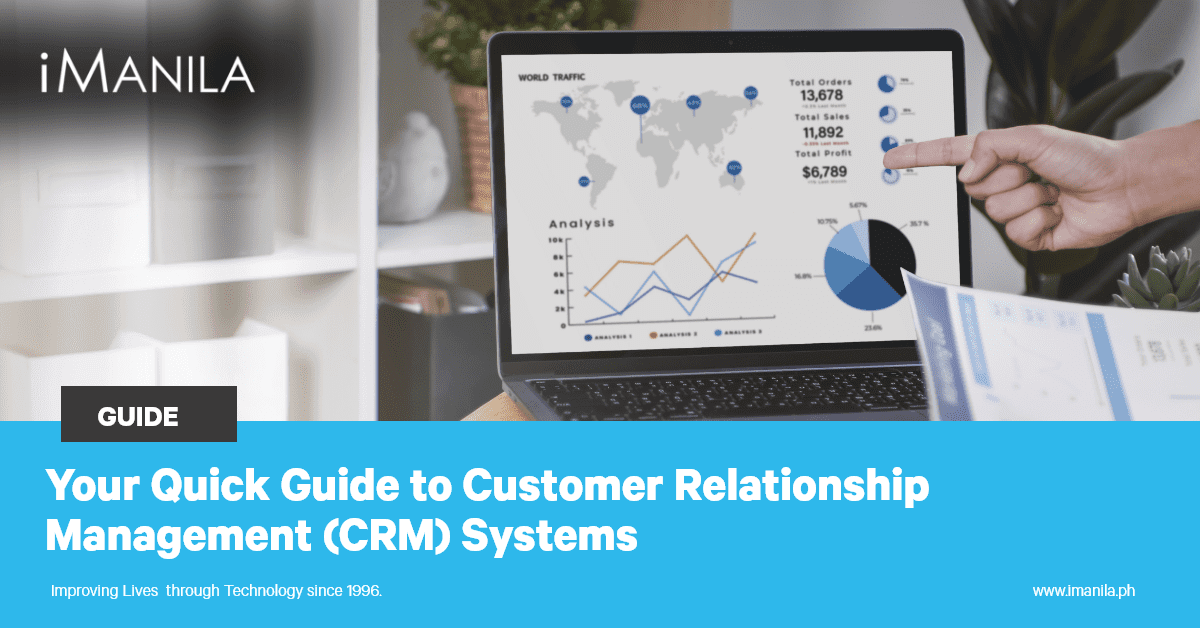Conversion rate is the core and one of the most important metrics to monitor in any digital marketing campaign. If you’re new to e-commerce, conversion rate is the number of conversions divided by the total number of web visitors.
How does it work? Basically, you run a campaign to encourage people to do a desired action. Conversion rate reflects how well your strategy is. A good campaign gets people to take action and convert while ineffective ones won’t.
If you have a low conversion rate, better to reassess your marketing plan. Study what makes users convert and where they bounce. Take this blog as a guide!
Include social proof to your site
Your audience won’t always believe everything you say. So, if you make a claim, it would be best to provide evidence in the form of customer reviews to support it. In fact, according to Trust Pulse, 83% of people are more likely to trust a review than an advertisement. Similarly, 97% of consumers look at reviews before making a purchase. With this in mind, incorporating social proof would definitely help boost your conversion rate.
Shorten your forms
Imagine discovering an e-commerce site that sells high-quality goods at reasonable prices. But then it requires you to fill out lengthy forms to get more information or seal a transaction. What a bummer, right?
Long forms can help you know your audience but can also drive them away. It’s annoying to fill out so many fields before accessing information or buying a product so, consider reducing it. Take Marketo as an example – a conversion rate of 10% was observed with their 9-field form. Reducing the number of fields to 5 increased the conversion rate for the same form to 13.4%. Shorten your forms or drive your potential customers away.
Keep it simple
Aside from shortening your forms, make the buying process easier by simplifying the whole user experience. People’s attention spans are shorter than they were years ago which was proven in an experiment conducted by Etsy. The team added 160KB images to their pages to intentionally slow down their load speed. As a result, their bounce rate increased by 12%.
Remember, people will abandon your site if it takes too much of their time navigating it. With that, make sure to have a straightforward UX design, clear instructions, obvious CTAs, and make it a point NOT to offer too many options.
Don’t require a login
People choose online shopping for convenience. However, if it requires extra effort to have access like registering or logging in, chances are they will dodge you. Just like in the study conducted by the Baymard Institute, 37% of customers completely abandoned their checkout process when they were required to create an account. In the same study, 38% of the e-commerce sites examined did not even provide customers with the option to create a temporary account prior to completing their purchase.
Don’t risk lowering your conversion rate. Make login or sign up fields optional. Let users browse your shop as a guest. And having a clickable “Checkout as Guest” button is a plus too!
Make personalized content
As the cliché saying goes, “content is king” – and nothing could beat a personalized one! According to Accenture, 91% of consumers say that they are more likely to shop from a brand that offers deals and recommendations that are relevant to them. This only shows personalized content is something you shouldn’t sleep on.
To get you started, here are some things you could try for a more personalized content:
- Establish your target market’s persona then share content that connects with them.
- Give each customer a discount that is unique to them based on their location, customer behavior, or how they use your website.
- If you want to reach more people in your area, make sure your website and content are optimized for local SEO.
While there’s no thing such as “one size fits all” when it comes to your website, these tips could be your starting point. And if you need help in implementing these, you could always hire an all-in-one team that specializes in web design and development, web maintenance, and content writing like iManila!
With 27 years of experience in the industry and an IT company at its core, iManila, having been one of the first Internet Service Providers in the Philippines, a web development company and a top digital marketing company in the country, is committed to providing our clients with innovative information technology, web, and digital solutions. As one of the best web hosting providers in the Philippines, iManila is also a full-service business web development company and digital marketing agency in the Philippines ready to help you with your web design and development, website update and maintenance, web hosting, email hosting, dedicated server, technical, desktop and remote support, and digital marketing services needs. Talk to us!


